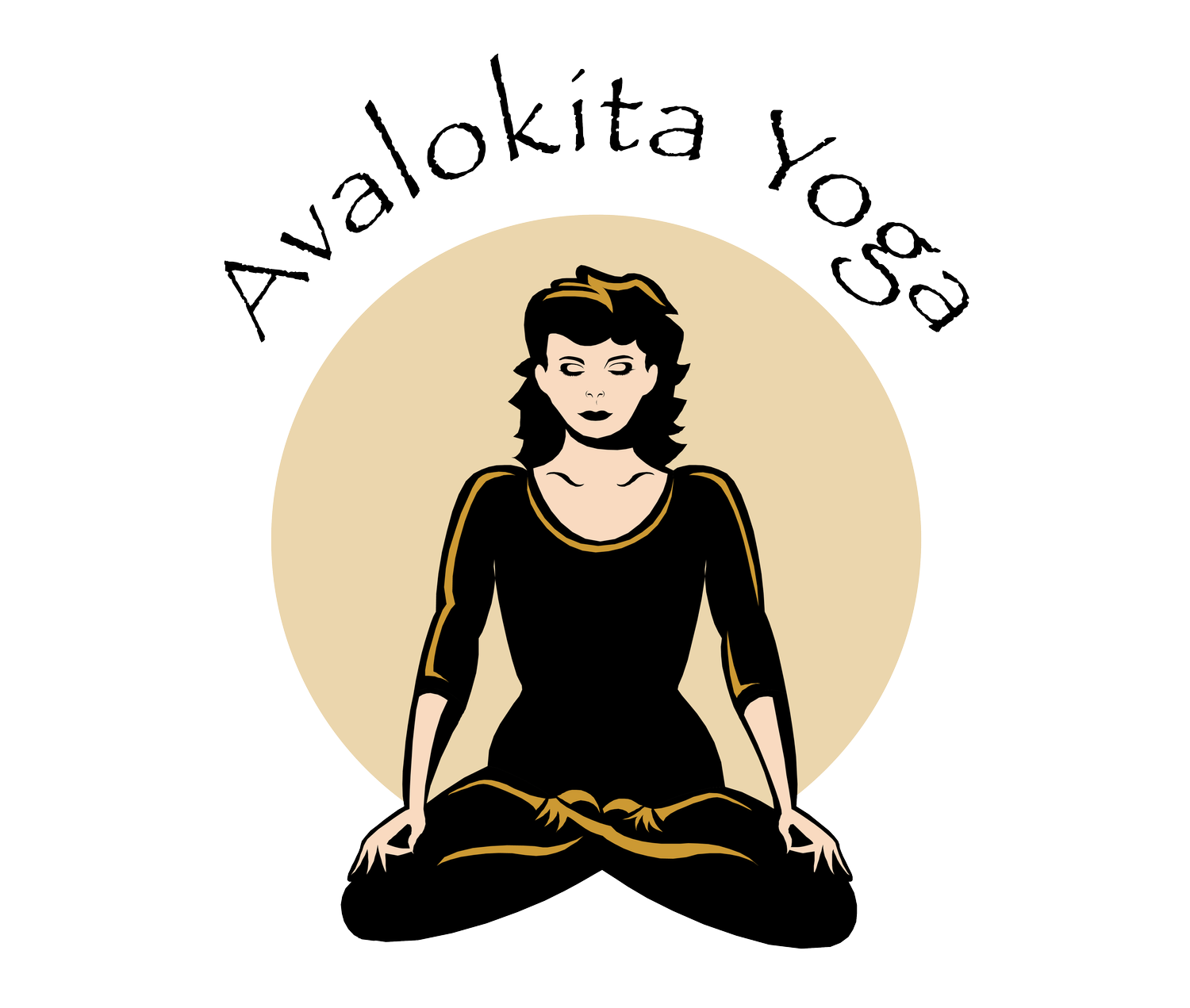Asana Practice….is it just supposed to be a workout?
Asanas are the practices many people associate with Yoga…the physical postures where we can sometimes feel like we are tying ourselves in knots!
But is that the goal?
In the Yoga Sutras, a document many describe as the most significant Yoga text of all, the sage Patanjali describes “yogasana” as a “steady and comfortable” posture. No mention of pain, discomfort, knots or pretzels at all! So what then is the goal of practicing Yoga Asanas if it’s not to turn our bodies inside out?
“Our goal should not be to place our body in the position of an asana. Rather, we must
seek to develop the strength and flexibility that will enable us to assume such a position.
That is, the goal should not be the asana itself but the attributes of the physical fitness
that are implied in the ability to assume that body position”
(A, G, Mohan and Indra Mohan “Yoga Therapy – A Guide to the Therapeutic Use of Yoga and Ayurveda for Health and Fitness”. Shambhala. Boston and London. 2004. p. 17)
So the practises are in fact intended ultimately to ease tension and discomfort in the body/mind…not create more! As we achieve an incremental increase in the strength, flexibility and endurance of our body/mind through the regular practice of physical postures, Asana practice supports our preparations for meditation by helping us to develop the ability to sit comfortably, in one position, for prolonged periods of time.
On the physical level of Annamaya Kosha, the internal organs are massaged, and toxins are released........the joints, ligaments and muscles are opened, stretched and strengthened........ creating a greater sense of general well-being and a feeling of being more “at ease” in the body. When we are more at ease in our bodies, it becomes a lot easier to find and remain in that “comfortable meditation posture”.
Energetically, at Pranamaya Kosha, these physical postures help to clear blockages of the “prana” or “life force” that flows through the body. This type of energy is also known as ‘chi’ in Chinese medicine. Blockages in the smooth flow of prana can bring about a stagnation of this energy… resulting in the accumulation of toxins and a stiffening of the body.
Asana practice helps to release these energy blockages and maintain the even flow of prana throughout the body….bringing with it a suppleness and grace of movement that seems elusive when we first begin to practice Yoga. Hatha Yoga texts such as “Hatha Yoga Pradipika” make the connection between fluctuations in the flow of prana and fluctuations of the mind. As the flow of prana becomes smooth and calm, so too does the mind…easing the way for meditation practice.
The fluctuations of Manomaya Kosha, or the mental plane, can also be calmed through Asana practice by teaching concentration as we learn to control the body and the breath. By focusing on the practice, we can bring the awareness into the present moment.......developing an increased ability to concentrate and, therefore, improving the stillness of mind and body.
As we watch these effects come into play within ourselves during our practice, a growing self-awareness can bring insights into the interrelationship between the Koshas or the different aspects of ourselves..........showing us how a change in one can reflect and cause changes in each of the others.
Sources:
A,G, Mohan & Indra Mohan “Yoga Therapy – A Guide to the Therapeutic Use of Yoga and Ayurveda for Health and Fitness”. Shambhala. Boston & London. 2004.
Swami Muktibodhananda, “Hatha Yoga Pradipika ” Yoga Publications Trust, Munger, Bihar, India. 1998.
Swami Satyananda Saraswati, “Asana Pranayama Mudra Bandha” Yoga Publications Trust, Munger, Bihar, India. 2008.

